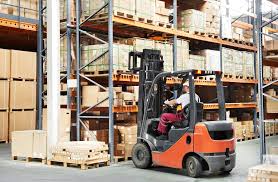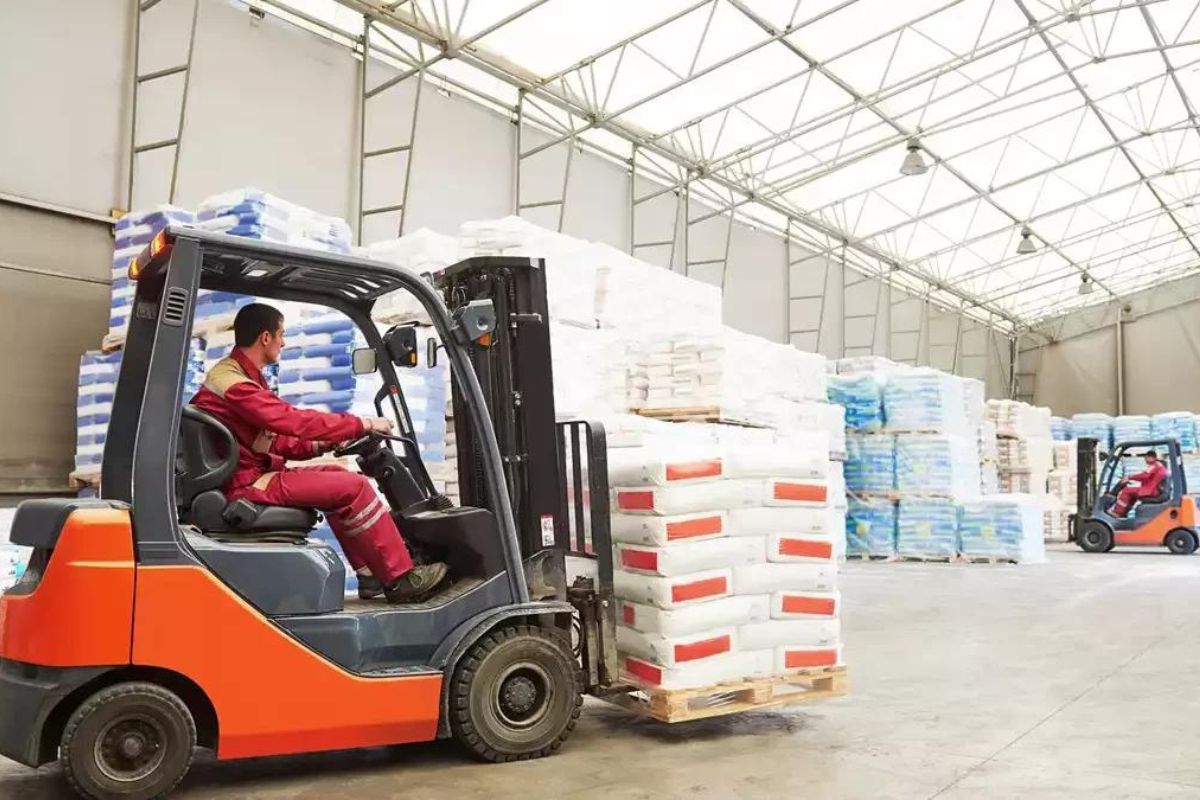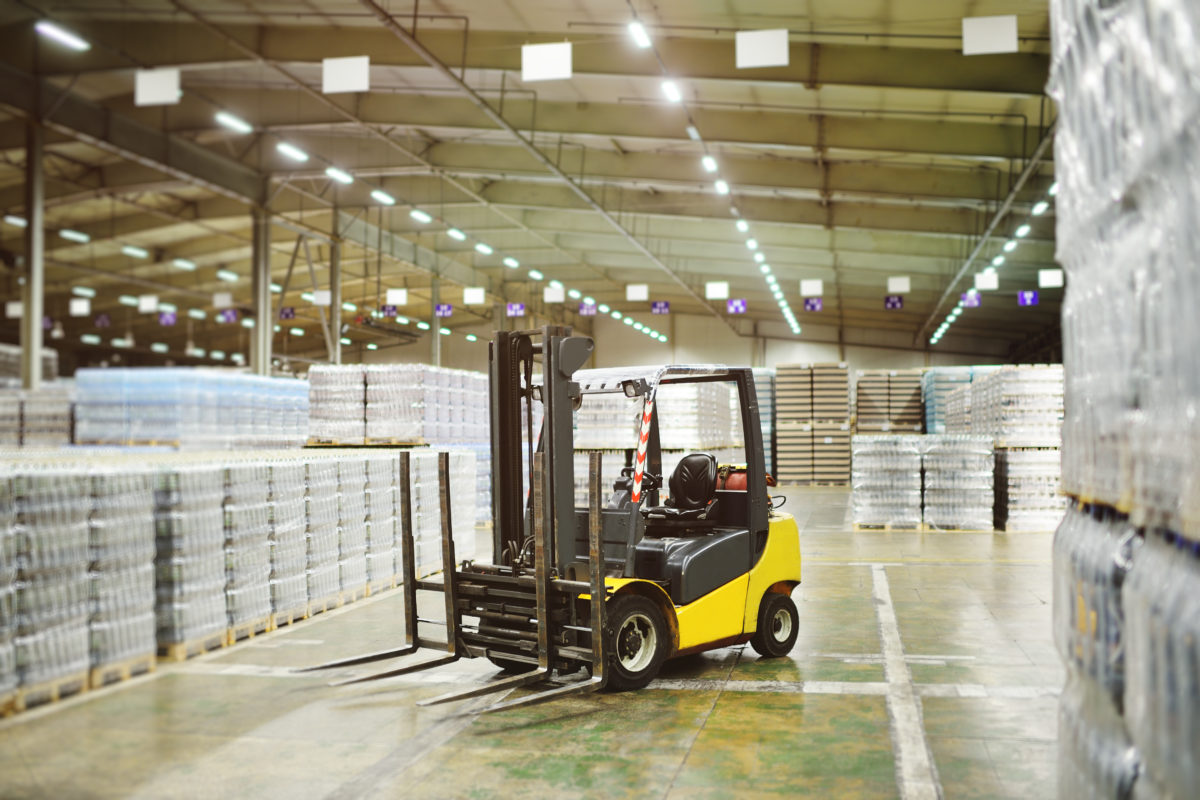Forklifts are indispensable in warehouses, construction sites, and industrial facilities, facilitating the movement of heavy materials efficiently. However, they also pose significant risks, with thousands of forklift-related injuries and fatalities occurring annually. The importance of forklift safety cannot be overstated, as ensuring compliance with safety measures protects workers, prevents financial losses, and maintains operational efficiency. In 2025, advances in technology and regulatory updates further emphasize the need for improved safety practices. Employers and operators must stay informed about evolving guidelines, new safety technologies, and best practices to create a secure working environment.
Understanding the Risks
Forklift accidents account for a substantial number of workplace injuries. Some of the most common hazards associated with forklifts include:
-
Tip-overs – Forklifts can become unstable if overloaded or driven too fast, leading to serious injuries.
-
Collisions – Poor visibility, congested workspaces, and operator inexperience increase the risk of hitting pedestrians or equipment.
-
Falls from Forklifts – Workers riding on forklift forks or platforms without proper restraints are at risk of falling.
-
Load Mishandling – Incorrectly balanced loads can fall, causing damage and injuries.
-
Mechanical Failures – Lack of regular inspections and maintenance can lead to brake failures, hydraulic leaks, and other malfunctions.
Recognizing these risks is the first step toward a safer work environment.
OSHA Forklift Safety Regulations for 2025
The Occupational Safety and Health Administration (OSHA) has established clear guidelines for forklift operation under 29 CFR 1910.178. Some key updates for 2025 include:
-
Mandatory Annual Refresher Training – Operators must undergo annual refresher courses instead of every three years, as was previously required.
-
Enhanced Pre-Shift Inspections – A digital log system is now recommended to track daily inspections before forklift use.
-
Increased Penalties for Violations – Fines for non-compliance have increased, emphasizing the importance of adhering to regulations.
-
Advanced Safety Technology – Companies are encouraged to integrate AI-based collision prevention systems, speed control sensors, and automated emergency braking.
Essential Forklift Safety Protocols
Employers and operators should follow best practices to mitigate risks and ensure workplace safety. Key safety protocols include:
-
Proper Training and Certification – Operators must complete OSHA-certified training covering safe operating procedures, load handling techniques, hazard identification, and emergency response measures.
-
Daily Forklift Inspections – A thorough pre-shift checklist should include checking tires, brakes, hydraulic systems, warning lights, and seatbelts. Any detected issue must be addressed before operation.
-
Safe Load Handling – Never exceed the forklift’s load capacity, distribute weight evenly, and use proper attachments for irregular loads.
-
Worksite Awareness and Traffic Management – Establish designated pedestrian walkways, use floor markings and signs, enforce speed limits, and maintain clear visibility when operating forklifts.
-
Personal Protective Equipment (PPE) – Operators should wear appropriate safety gear, including hard hats, high-visibility vests, steel-toe boots, gloves, and safety glasses.
Emerging Forklift Safety Technologies for 2025
With advancements in workplace safety, new technologies are helping reduce forklift accidents:
-
Proximity Sensors – Detect nearby objects and trigger automatic braking.
-
AI-Powered Collision Prevention – Uses machine learning to predict and avoid potential accidents.
-
Wearable Alert Systems – Workers wear sensors that notify operators when they are too close.
-
Autonomous Forklifts – AI-driven forklifts reduce human error in controlled environments.
Companies investing in these technologies will significantly reduce workplace injuries and improve efficiency.
Employer Responsibilities
Employers must foster a safety-first culture by providing continuous safety training, ensuring forklifts are well-maintained, establishing clear emergency response protocols, and encouraging employees to report safety hazards without fear of retaliation. By prioritizing safety, companies not only comply with regulations but also enhance productivity and worker well-being.
Forklift safety is a shared responsibility that requires ongoing education, adherence to regulations, and investment in advanced safety measures. As technology advances and regulatory standards evolve in 2025, businesses that implement comprehensive safety programs will see a reduction in workplace incidents, improved efficiency, and a more secure working environment. Taking proactive steps today ensures a safer tomorrow for all forklift operators and workers.



